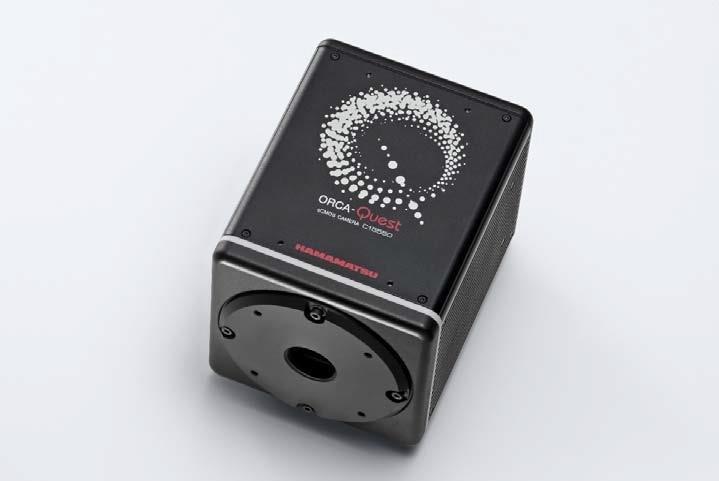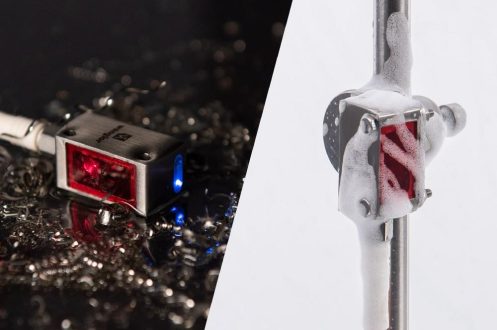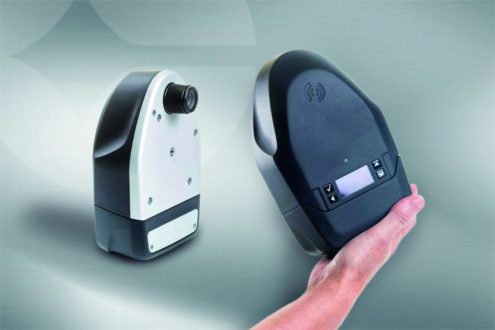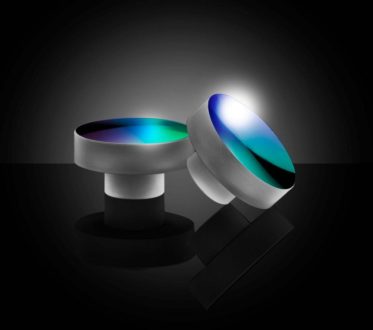
Hamamatsu Photonics introduces the world’s first photon-number-resolving scientific camera with incredibly low noise and 9.4 megapixels
Sales of the ORCA-Quest will start on Thursday, May 20, 2021 for researchers at universities and companies both in Japan and overseas.
* Quantum computers: Quantum computers make use of phenomena in which quantum particles such as ions and neutral atoms are in a state of superposition or, namely, are both 0 and 1 at the same time. By utilizing these phenomena, quantum computers are promising devices that can perform parallel processing to solve vast and complex problems that cannot otherwise be solved on a realistic time and scale.
Overview of ORCA-Quest
The ORCA-Quest is a scientific camera that is first to achieve 2D photon number resolving measurement, through a newly designed, high-performance two-dimensional CMOS image sensor.
At Hamamatsu Photonics, we design, manufacture and sell low-noise scientific cameras for imaging applications such as imaging of low-level fluorescence and luminescence. The two-dimensional CMOS image sensor in the ORCA-Quest delivers excellent performance with incredibly low noise, high pixel number and high resolution, yet attains high-speed readout achieved by applying our unique design technology for optimizing the pixel structure and also by incorporating the most advanced semiconductor microfabrication technology. In addition, we were able to suppress variations in electrical characteristics of each pixel of the two-dimensional CMOS image sensor through low-noise camera circuit design technology, high-precision sensor cooling technology and unique signal processing technology we developed over many years of research. In this way, we succeeded in developing the ORCA-Quest, which serves as a high-performance scientific camera and contributes to progress in all branches of science and research. The ORCA-Quest can do this because it is the world’s first camera that achieves 2D photon number resolving measurement and acquires highly reliable measurement results.
The ORCA-Quest’s ability to resolve photon numbers invites new possibilities for a wide range of fields. For example, the ORCA-Quest accurately observes the quantum state by quantitatively imaging the amount of light from ions and neutral atoms. This makes it a promising tool for speeding up research and development work on quantum computers and other quantum technology. In addition, due to its wide field of view capable of capturing ultra-low light level phenomena, the ORCA-Quest is likely to find applications in the astronomical research and life science fields.
Features of ORCA-Quest
1. Utilizes a newly designed, high-performance two-dimensional CMOS image sensor
To make the ORCA-Quest a groundbreaking product, we also designed and produced a two-dimensional CMOS image sensor that delivers an incredibly low level of noise, by applying our unique design technology and latest manufacturing technology. This twodimensional CMOS image sensor utilizes a trench structure that isolates neighboring pixels to reduce crosstalk between pixels. The sensor delivers high quantum efficiency and high resolution simultaneously with the back illuminated structure. Moreover, despite a high pixel number of 9.4 megapixels, its signal readout speed has been boosted from the previous 27 megapixels to 47 megapixels per second, which is 1.7 times faster.
2. World’s first camera to achieve 2D photon number resolving measurement
We were able to suppress unwanted variations in the electrical characteristics of each pixel by applying low-noise camera circuit design technology, high-precision sensor cooling technology and unique signal processing technology we developed over many years of R&D. In this way, we succeeded in providing the ORCA-Quest scientific camera with extremely low noise of 0.27 electrons, which is one-third that of previously available products, and in making it the first camera to achieve 2D photon number resolving measurement.
Background of ORCA-Quest development
We have been designing, manufacturing and selling low-noise scientific cameras since the1980s. We currently supply scientific cameras and related products for applications that require cutting-edge imaging technology to capture extremely low-level fluorescence and luminescence, for example, in academic research fields including life sciences and in factory automation (FA). To meet market demands for even further noise reduction, we have been working to devise scientific cameras that exhibit incredibly low-noise performance capable of achieving 2D photon number resolving measurement.
●Main specifications
Item / C15550-20UP / Unit
Effective number of pixels / 4096 × 2304 / –
Pixel size (H×V) / 4.6 × 4.6 / μm
Readout noise (Typ.) / 0.27 / electrons rms
Quantum efficiency at 475 nm (Typ.) / 90 / /%
Dimensional outlines / 110 × 142 × 110 / mm
Weight (camera body) / 3.8 / kg
Hamamatsu Photonics Deutschland GmbH
Arzberger Str. 10
82211 Herrsching am Ammersee
Telefon: +49 (8152) 375-0
Telefax: +49 (8152) 375-199
http://www.hamamatsu.com
Public Relations
Telefon: +49 (8152) 375-185
Fax: +49 (8152) 375-199
E-Mail: rfritsch@hamamatsu.de
![]()




